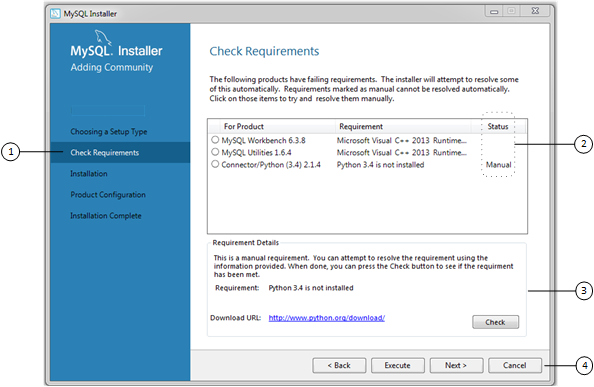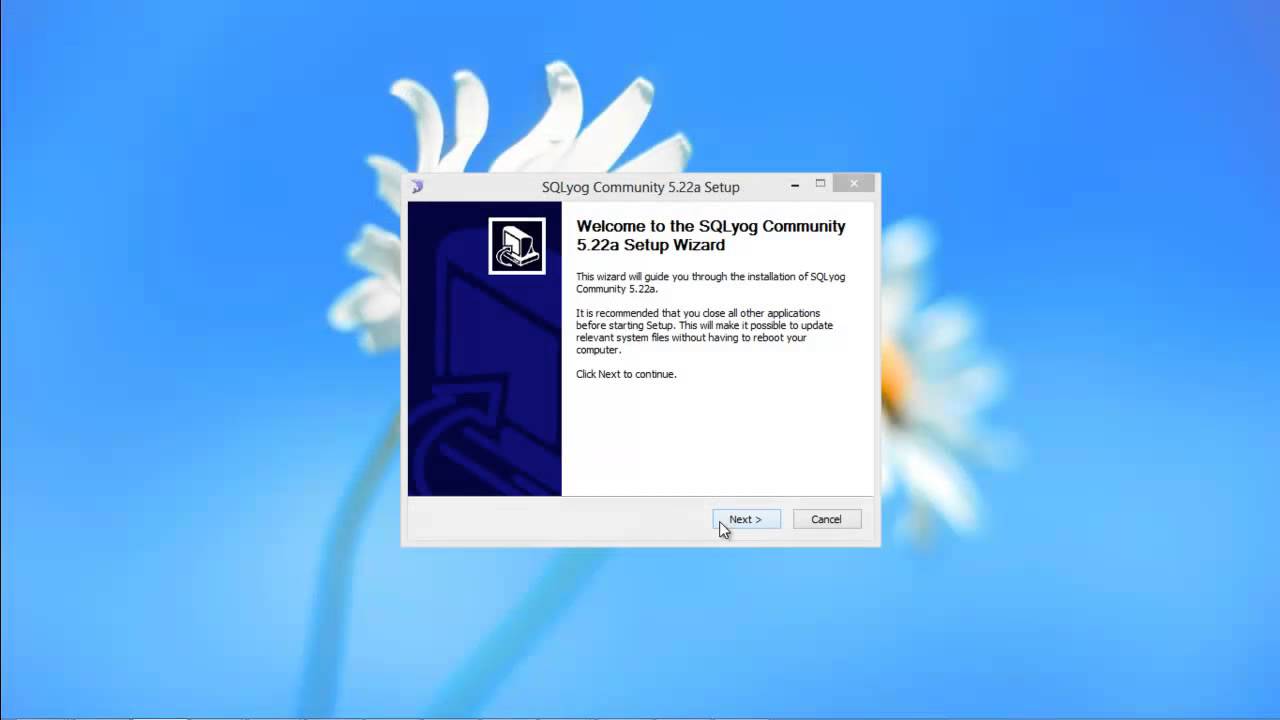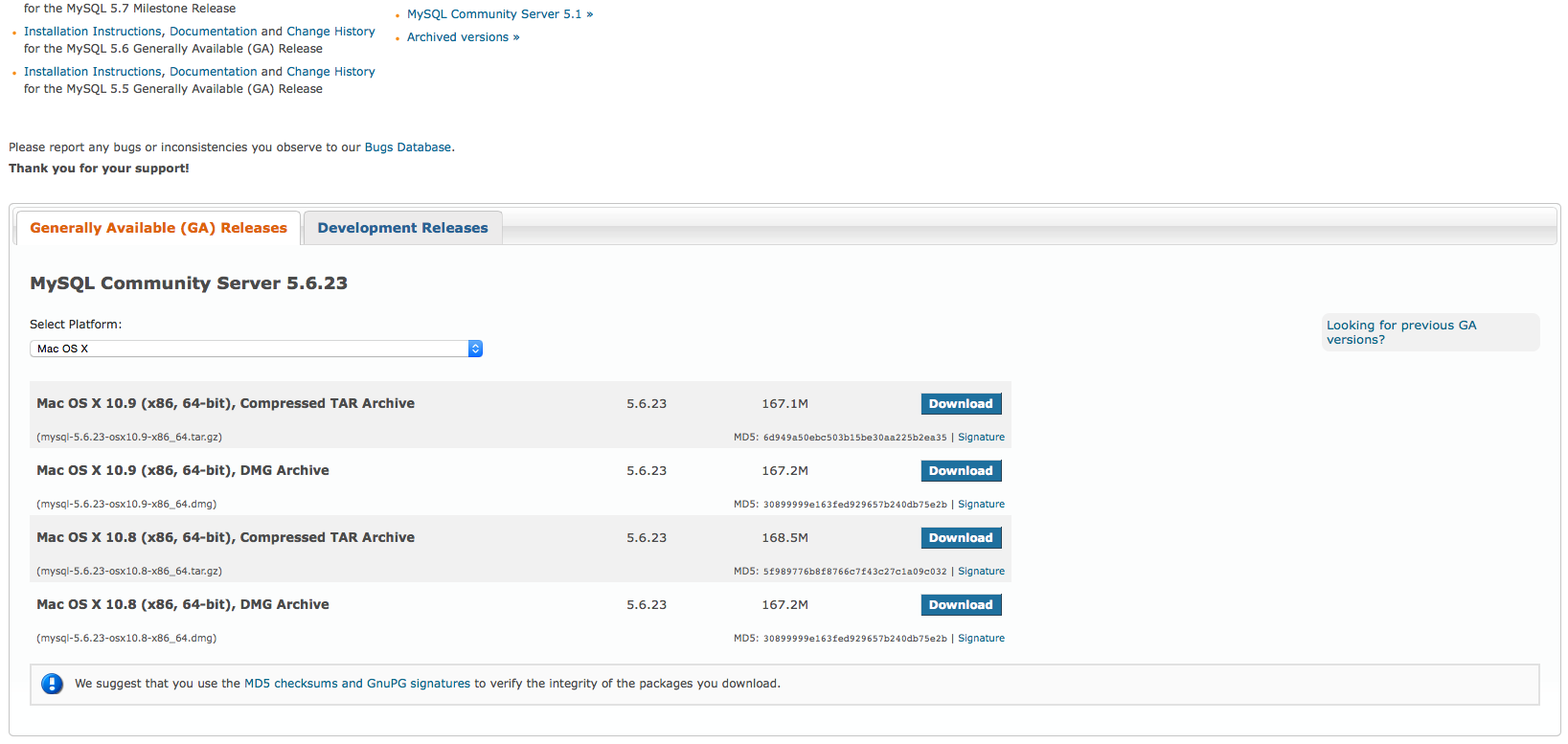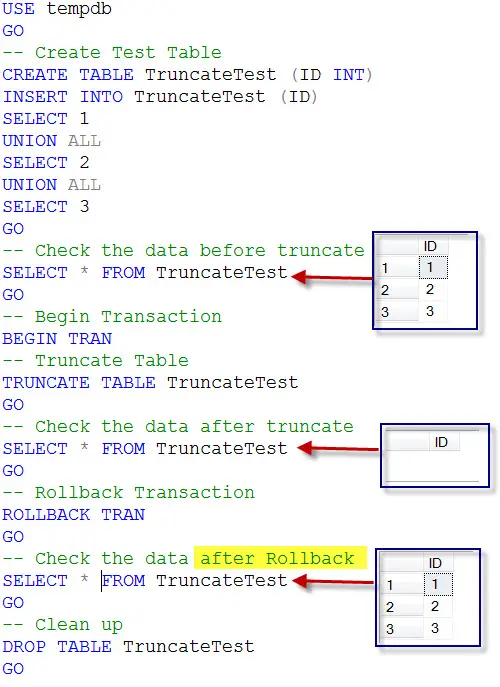Can I DROP primary key in SQL?
You can delete (drop) a primary key in SQL Server by using SQL Server Management Studio or Transact-SQL. When the primary key is deleted, the corresponding index is deleted. Can a primary key be dropped in MySQL? You can drop a primary key in MySQL using the ALTER TABLE statement. What happens when you drop a primary key? If you …










